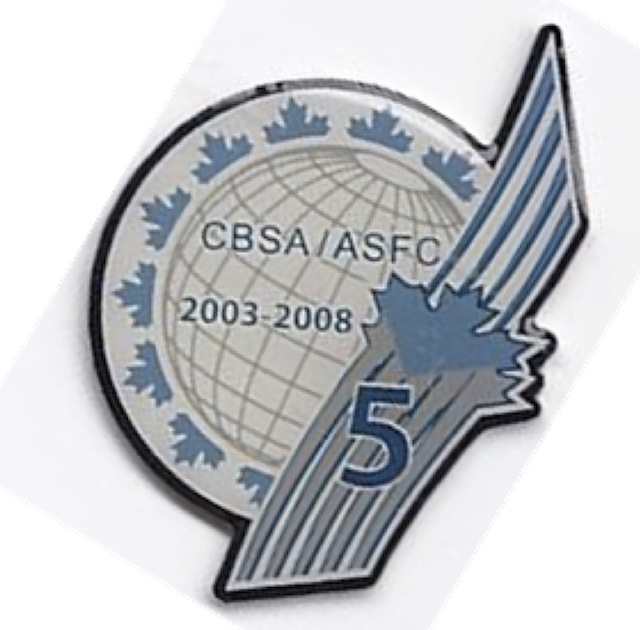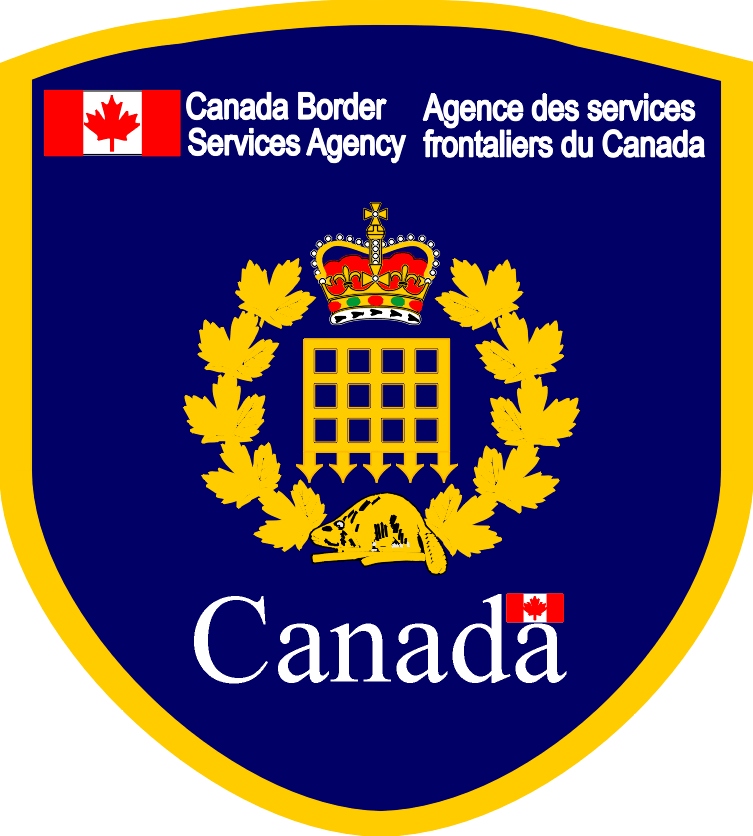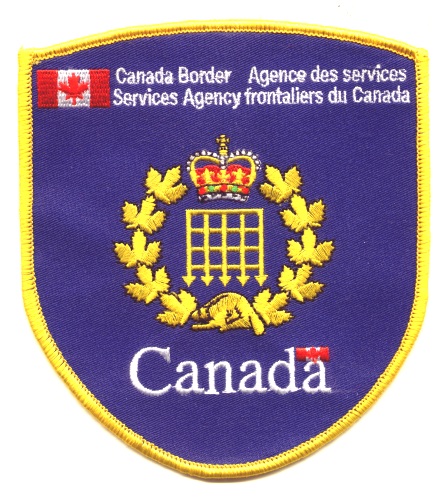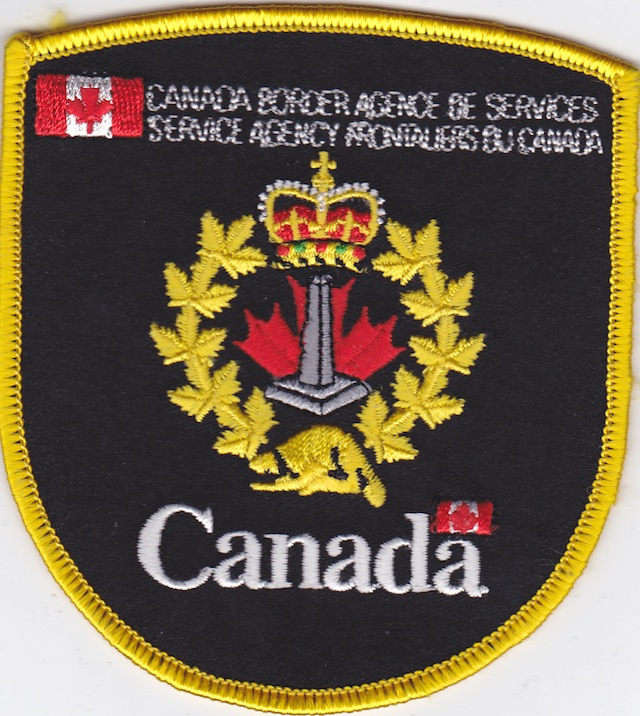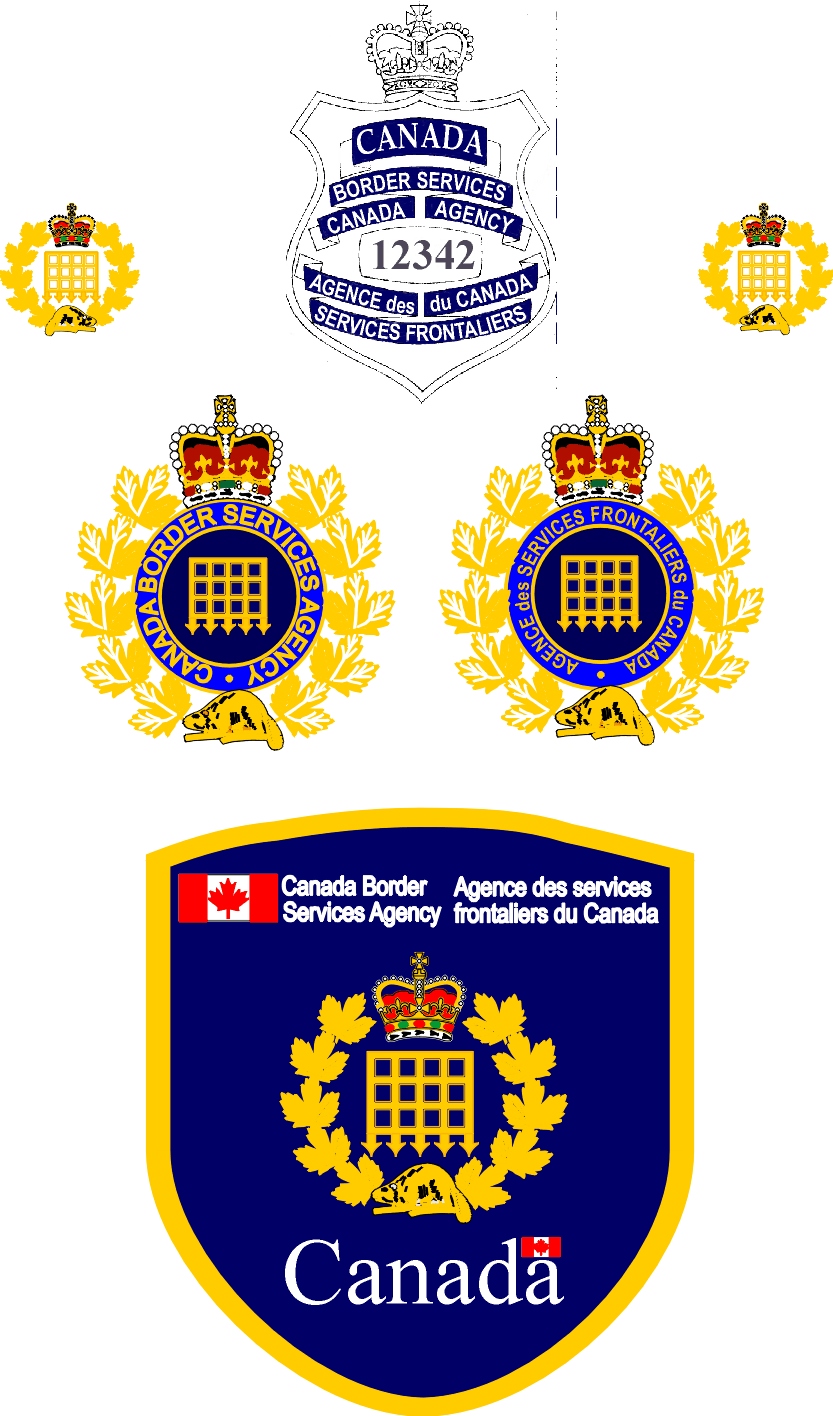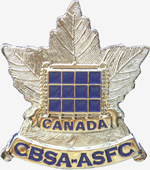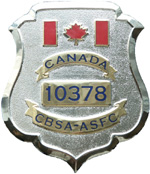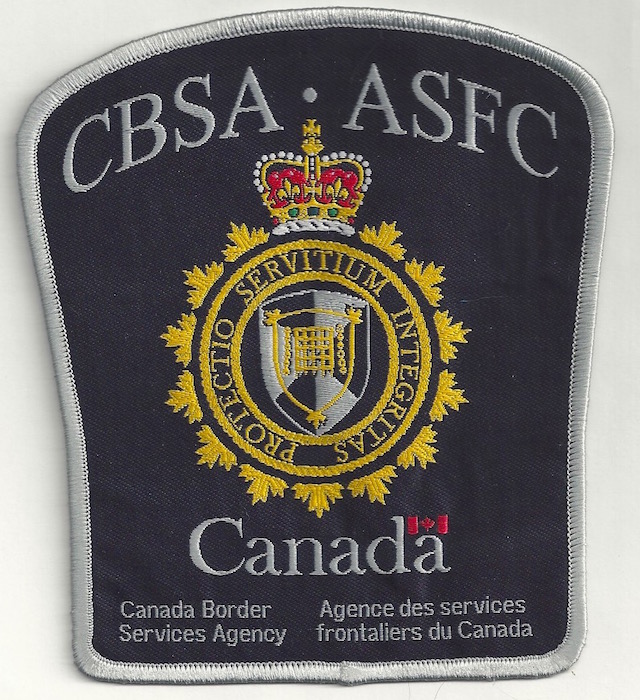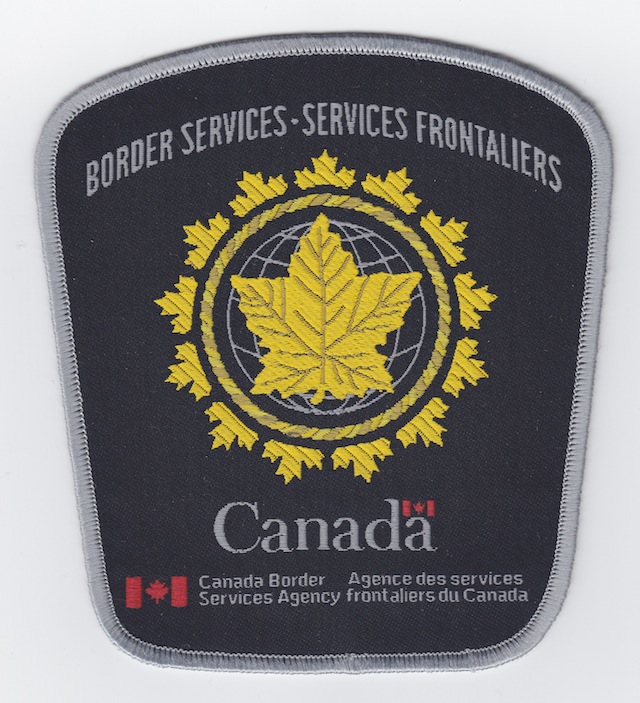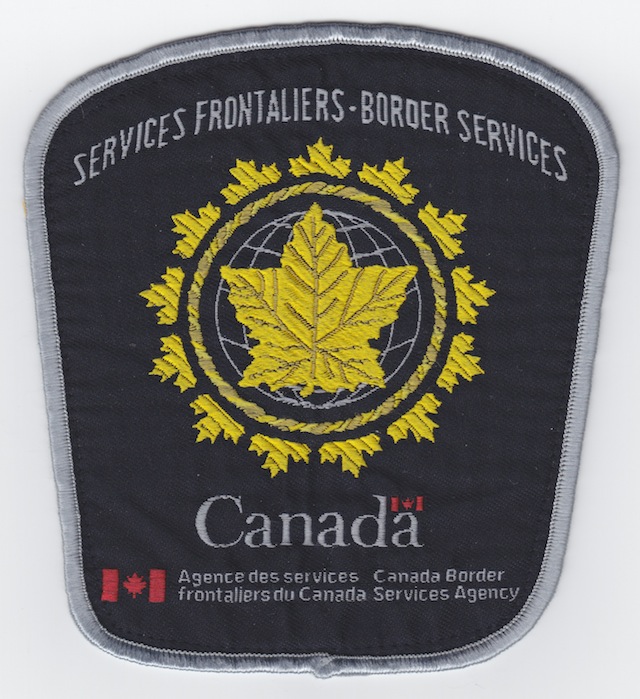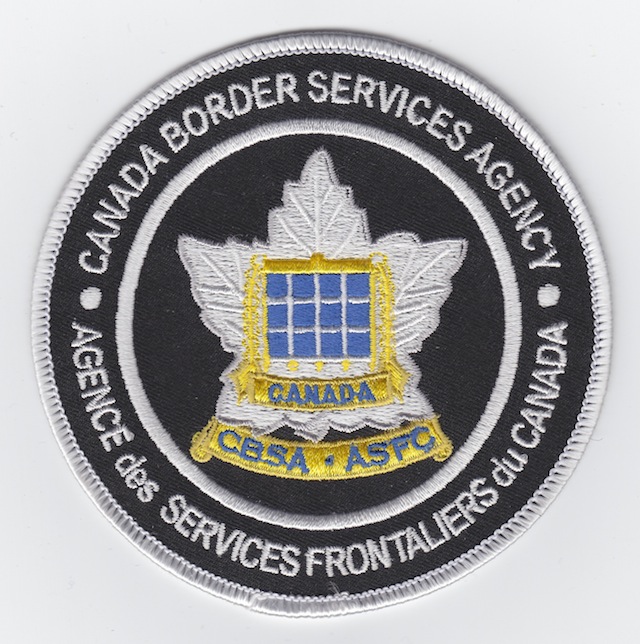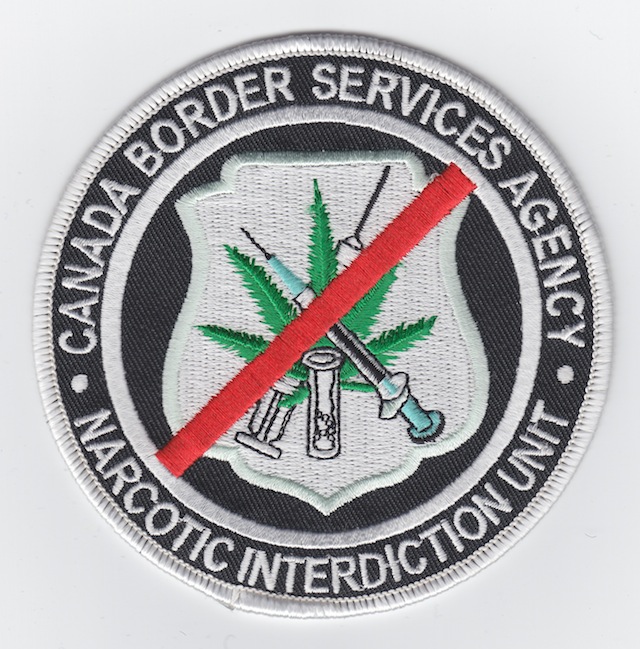CREATION OF THE CANADA BORDER SERVICES AGENCY (CBSA)
In 1927, the Department of National Revenue Act established the Department of National Revenue by renaming the Department of Customs and Excise. The Department was responsible for assessing and collecting duty and tax, monitoring the movement of people and goods across the Canadian border, and protecting Canadian industries from foreign competition.
The same act created a second department to collect income tax, a responsibility that a commissioner from the Department of Finance had been meeting. Both departments had the same minister, but each had its own departmental organization and deputy minister.
In May 1994, Bill C‑2, an Act to amend the Department of National Revenue Act received Royal Assent and formed the legal basis to create a consolidated department responsible for the activities previously performed by Revenue Canada, Customs and Excise, and Revenue Canada, Taxation. A new regional structure was implemented in July 1994, combining the 23 parallel regions of Customs, Excise, and Taxation into six consolidated regions. The Headquarters organization was also consolidated into six restructured program branches and six corporate branches.
On April 29, 1999, Parliament passed the Canada Customs and Revenue Agency Act, which established the Canada Customs and Revenue Agency. The change in status from department to agency, which took place on November 1, 1999, has helped build a modern organization that is committed to leadership, innovation, and client service.
On December 12, 2003, the Customs Program of the Canada Customs and Revenue Agency was transferred to the new Canada Border Services Agency (CBSA).
The CBSA is part of the new portfolio of Public Safety and Emergency Preparedness, which includes emergency preparedness, crisis management, national security, corrections, policing, oversight, crime prevention, as well as border services. The CBSA brings together all the major players involved in facilitating and managing the movement of goods and people into Canada. It integrates several key functions previously spread among three organizations: the Customs Program from the Canada Customs and Revenue Agency, the Intelligence, Interdiction and Enforcement program from Citizenship and Immigration Canada, and the Import Inspection at Ports of Entry program from the Canadian Food Inspection Agency.
The CBSA's mandate is to manage the nation's borders by administering and enforcing about 75 domestic laws that govern trade and travel, as well as international agreements and conventions. The work of the CBSA includes:
Processing commercial goods (including agriculture and food products), travelers, and conveyances, and identifying and interdicting high-risk individuals and goods;
Conducting intelligence, such as screening visitors and immigrants and working with law enforcement agencies to maintain border integrity and ensure national security;
Engaging in enforcement activities, including investigations, detentions, hearings, and removals;
Supporting free trade negotiations; and Conducting compliance audit reviews and dumping and subsidy investigations.
The CBSA operates at over 480 air, sea, and land ports of entry across Canada. It employs over 8,800 public servants who serve 170,000 commercial importers and more than 98 million travelers each year. Each year, the CBSA is engaged in everything from reuniting more than 100 missing children with their families, to referring roughly 2.5 million people for secondary immigration inspections, to processing some 11 million commercial releases and 24 million courier shipments, to conducting seizures worth over $500 million and intercepting 57,200 prohibited food, plant, and animal products.

